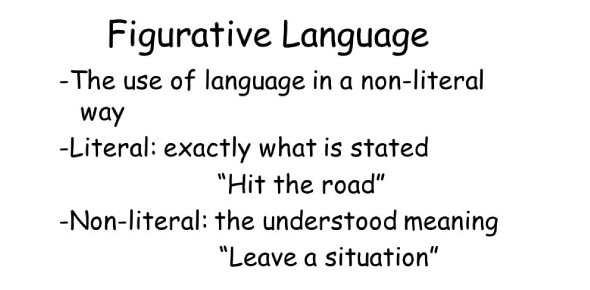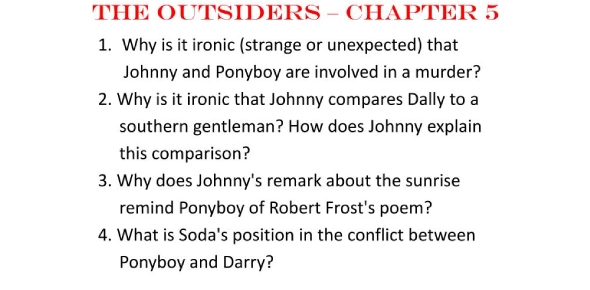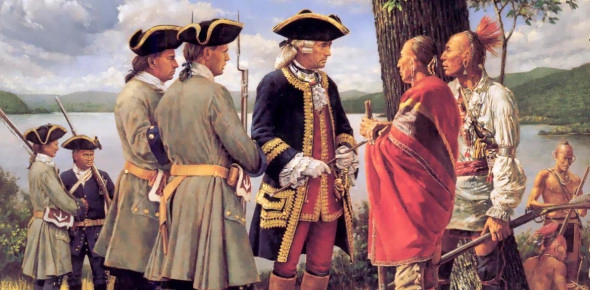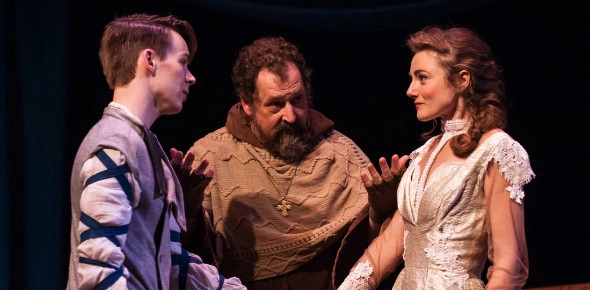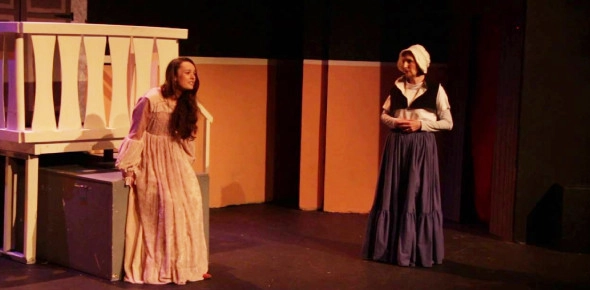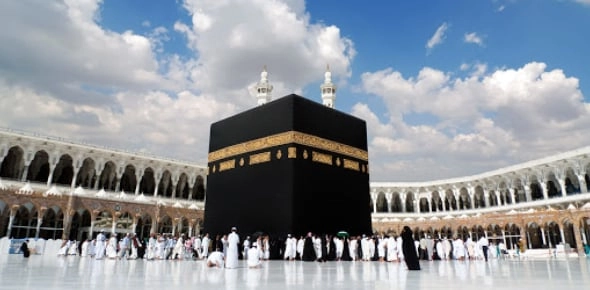
Dive into our trivia quiz and test your knowledge on Islamic Art and Culture! From intricate architecture to stunning calligraphy, see how well you understand this rich and diverse heritage.
Questions and Answers
What's inside the Test Your Knowledge on Islamic Art and Culture! quiz
Which of the following is a prominent feature of Islamic architecture?
Which calligraphic style is most associated with Islamic art?
Islamic pottery is known for its use of which type of glaze?
The concept of 'Aniconism' in Islamic art refers to:
Which instrument is traditionally used to create intricate Kazari patterns?
Who was the famous Persian polymath known for his contributions to Islamic art?
The intricate tile work in Ottoman mosques is primarily made from:
Which garden represents the Islamic concept of paradise?
The art of mosaic in Islamic culture is known as:
Which of these is a famous Islamic manuscript known for its illumination?
What is the primary material used in traditional Islamic calligraphy?
The Great Mosque of Córdoba is an example of which architectural style?
Which element is NOT commonly found in Islamic geometric patterns?
Quiz description
Explore the Richness of Islamic Art and Culture
Islamic art and culture encompass a diverse range of styles, techniques, and historical influences that have shaped civilizations for centuries. From the intricate geometric patterns adorning mosques to the vibrant colors of traditional textiles, Islamic art reflects a deep appreciation for beauty, symmetry, and spirituality.
The Essence of Islamic Architecture
One of the most prominent aspects of Islamic art is its architecture. Majestic structures like the Alhambra in Granada and the Great Mosque of Córdoba showcase the genius of Islamic architectural design, characterized by features such as muqarnas, domes, and expansive courtyards. These architectural marvels not only serve as places of worship but also as cultural hubs that bring communities together.
Calligraphy and its Significance
Calligraphy holds a revered place in Islamic art, often seen as a bridge between the divine and the earthly. Styles like Thuluth and Kufic are celebrated for their elegance and complexity, transforming written language into a visual art form that adorns everything from manuscripts to architectural elements.
Symbolism in Islamic Patterns
Geometric and floral patterns are ubiquitous in Islamic art, symbolizing the infinite nature of creation and the unity of all things. These patterns are meticulously crafted, reflecting a harmony that resonates with the spiritual beliefs of the culture.
Traditional Crafts and Techniques
Beyond architecture and calligraphy, Islamic art includes a variety of traditional crafts such as pottery, textiles, and metalwork. Techniques like lusterware glazing and zellige mosaics demonstrate the skill and creativity inherent in Islamic craftsmanship.
The Impact of Islamic Art Today
Modern interpretations of Islamic art continue to evolve, blending traditional elements with contemporary styles. This fusion keeps the heritage alive while allowing for new expressions of artistic vision.
Take our quiz to discover how much you know about the fascinating world of Islamic art and culture. Challenge yourself and uncover the depths of your understanding!

